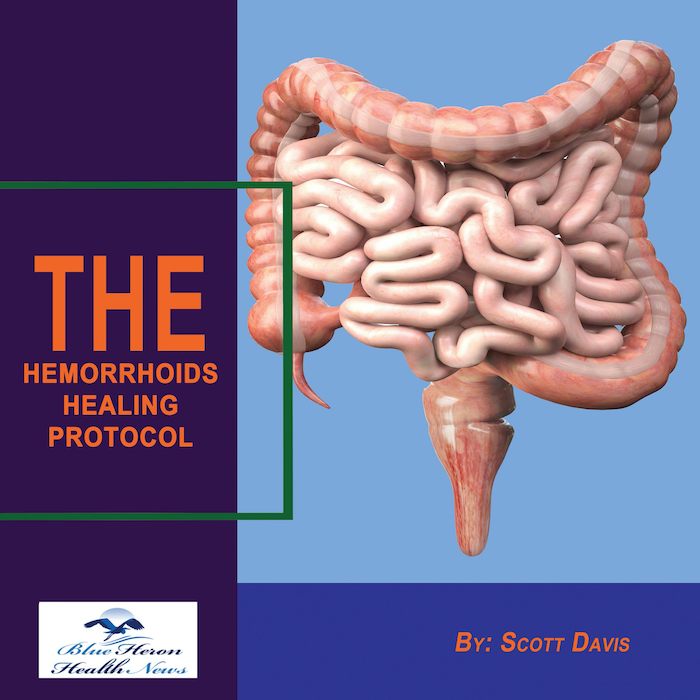
The Hemorrhoids Healing Protocol The Hemorrhoids Healing Protocol™ by Scott Davis This healing protocol is a basic program that gives you natural ways and remedies to treat hemorrhoids diseases safely and securely. Moreover, this program is effective as well as efficient.While using this program, you can avoid using those prescription medicines, lotions, and creams, and keeps you away from the side effects.
What is the role of a colonoscopy in diagnosing hemorrhoids?
A colonoscopy is a valuable diagnostic tool used to examine the interior of the colon and rectum. While it is not the primary method for diagnosing hemorrhoids, it plays a significant role in certain situations where a comprehensive evaluation of the colon is necessary. Here is an in-depth look at the role of colonoscopy in diagnosing hemorrhoids and related conditions:
Indications for Colonoscopy in Hemorrhoid Diagnosis
- Rectal Bleeding:
- Role: While hemorrhoids are a common cause of rectal bleeding, other serious conditions like colorectal cancer, polyps, and inflammatory bowel disease can also cause bleeding. A colonoscopy helps rule out these conditions.
- Use: To determine the source of bleeding when it is persistent, significant, or accompanied by other symptoms such as weight loss or changes in bowel habits.
- Unexplained Symptoms:
- Role: If a patient has unexplained abdominal pain, changes in bowel habits, or other gastrointestinal symptoms that cannot be explained by hemorrhoids alone, a colonoscopy can help identify other underlying conditions.
- Use: To provide a thorough examination of the entire colon and rectum to diagnose or rule out various gastrointestinal disorders.
- Screening for Colorectal Cancer:
- Role: For individuals over the age of 50, or those with a family history of colorectal cancer, a colonoscopy serves as a screening tool to detect early signs of cancer or precancerous polyps.
- Use: To ensure that rectal bleeding or other symptoms are not due to colorectal cancer or other serious pathologies.
- Failure of Initial Treatments:
- Role: If symptoms persist despite treatment for hemorrhoids, a colonoscopy can help reassess the diagnosis and identify any other possible causes of the symptoms.
- Use: To re-evaluate the patient’s condition and adjust the treatment plan based on comprehensive findings.
Procedure
- Preparation:
- Bowel Preparation: Patients are required to follow a bowel preparation regimen to clear the colon of stool, which typically involves a special diet and laxatives.
- Fasting: Patients must fast for several hours before the procedure.
- During the Colonoscopy:
- Sedation: Patients are usually sedated to ensure comfort during the procedure.
- Insertion of Colonoscope: A flexible tube with a light and camera (colonoscope) is inserted through the anus and guided through the rectum and colon.
- Examination: The doctor examines the lining of the colon and rectum for abnormalities, including hemorrhoids, polyps, tumors, and signs of inflammation.
- Findings:
- Hemorrhoids: Internal hemorrhoids may be visualized during a colonoscopy, particularly if they are higher in the rectum and not easily seen with anoscopy or sigmoidoscopy.
- Other Conditions: The procedure can identify other causes of symptoms, such as colorectal cancer, diverticulosis, polyps, and inflammatory bowel disease.
Advantages of Colonoscopy
- Comprehensive Evaluation:
- A colonoscopy allows for a complete examination of the colon and rectum, providing a comprehensive view that can identify multiple potential sources of symptoms.
- Diagnostic and Therapeutic:
- In addition to diagnosing conditions, a colonoscopy can also be therapeutic. For example, polyps can be removed during the procedure, and biopsies can be taken from suspicious areas for further analysis.
- Accuracy:
- Colonoscopy is considered the gold standard for colorectal evaluation due to its high accuracy in detecting abnormalities.
Limitations
- Not the Primary Tool for Hemorrhoids:
- Hemorrhoids are typically diagnosed through physical examination, anoscopy, or sigmoidoscopy. Colonoscopy is reserved for cases where a more thorough investigation is needed.
- Invasiveness:
- Colonoscopy is an invasive procedure that requires bowel preparation and sedation, which may not be necessary for the diagnosis of uncomplicated hemorrhoids.
- Cost and Resources:
- It is a more expensive and resource-intensive procedure compared to other diagnostic methods for hemorrhoids.
Conclusion
While a colonoscopy is not the first-line diagnostic tool for hemorrhoids, it plays a crucial role in certain scenarios where a comprehensive evaluation of the colon and rectum is necessary. It helps rule out other serious conditions that could cause similar symptoms, provides a thorough assessment when initial treatments fail, and serves as a screening tool for colorectal cancer. When rectal bleeding or other concerning symptoms are present, a colonoscopy ensures that any underlying conditions are accurately diagnosed and appropriately managed.
The Hemorrhoids Healing Protocol The Hemorrhoids Healing Protocol™ by Scott Davis This healing protocol is a basic program that gives you natural ways and remedies to treat hemorrhoids diseases safely and securely. Moreover, this program is effective as well as efficient.While using this program, you can avoid using those prescription medicines, lotions, and creams, and keeps you away from the side effects.